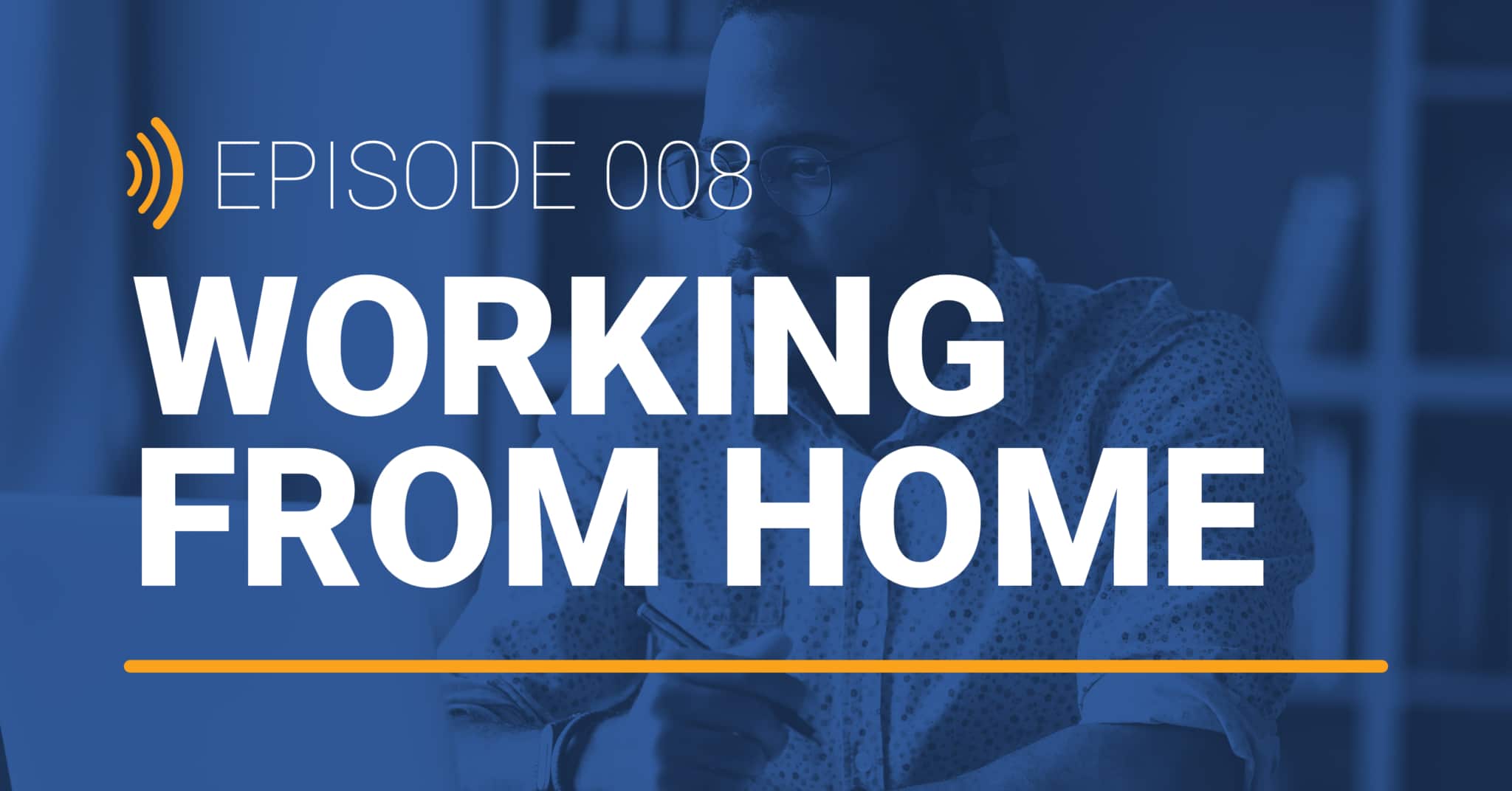TechTalk Detroit: Working From Home Best Practices
In the eighth episode of TechTalk Detroit, hosts Chuck Lobert and Brian Spurgeon connect remotely via Zoom to discuss working from home best practices—a topic that became increasingly vital during the COVID-19 pandemic and remains relevant in today’s hybrid work culture.
As Michigan’s shelter-in-place orders took effect, many businesses had to quickly pivot to remote operations. But succeeding in a remote environment involves more than just logging in from your living room. Chuck and Brian highlight that without proper planning, tools, and awareness, remote work can lead to lost productivity and increased cybersecurity risks.
“There are a lot of challenges in terms of collaboration,” Chuck notes. “Not having that security blanket of being able to go over and talk to somebody kind of forces you to use your tools.”
Key Considerations for Remote Success
If you’re working from home for an extended period, it’s important to create a workspace that’s both productive and secure. Here are several working from home best practices Chuck and Brian explore:
-
Set Up a Dedicated Workspace: Choose a quiet, comfortable location with minimal distractions. Invest in a supportive chair, a second monitor, or noise-canceling headphones—whatever helps you replicate a professional environment.
-
Master Your Tools: Familiarize yourself with essential collaboration tools like Zoom and Microsoft Teams. Don’t just use them—learn to use them well. Explore features like breakout rooms, screen sharing, and real-time document editing to boost efficiency.
-
Use Microsoft 365: Microsoft responded to the pandemic by offering a free 6-month trial of Microsoft 365 E1, which includes Microsoft Teams—a platform that has become the backbone of remote collaboration. The suite also includes Word, Excel, PowerPoint, Outlook, OneDrive, SharePoint, and Exchange, offering a full set of productivity tools in the cloud.
Don’t Overlook Cybersecurity
Security is often the first casualty in a rushed remote transition. Chuck and Brian stress the importance of using a VPN to encrypt traffic and secure your connection to company resources. But that’s not enough on its own.
Two-Factor Authentication (2FA) is another crucial layer of protection. Even if credentials are compromised, 2FA adds a secondary method of verifying user identity, such as a mobile-generated code or biometric verification. This significantly reduces the likelihood of unauthorized access.
“If an employee’s VPN credentials are stolen and 2FA isn’t enabled, your business data is at serious risk,” Brian warns.
The Vision Moving Forward
While the pandemic accelerated the shift to remote work, the reality is that many businesses are continuing to support hybrid or fully remote teams today. That makes working from home best practices not just a temporary adjustment, but a long-term operational strategy.
If you’re unsure whether your current remote work setup is secure, scalable, or optimized for productivity, Vision Computer Solutions can help. Their team will evaluate your environment and recommend improvements, ensuring that your team remains connected and secure, no matter where they work.
Like this article? Check out the following blogs to learn more:
TechTalk Detroit: Working From Home
On-Demand Webinar: Can Your Business Survive a 2-Week Quarantine?
Do You Know How To Support Your Employees’ Productivity While They Work From Home?

Charles Lobert, has been in the Detroit Metro Area’s IT industry for over two decades & with VCS since ’04. Throughout the years, Lobert has held nearly every position at VCS & is responsible for several major organizational shifts within VCS.

